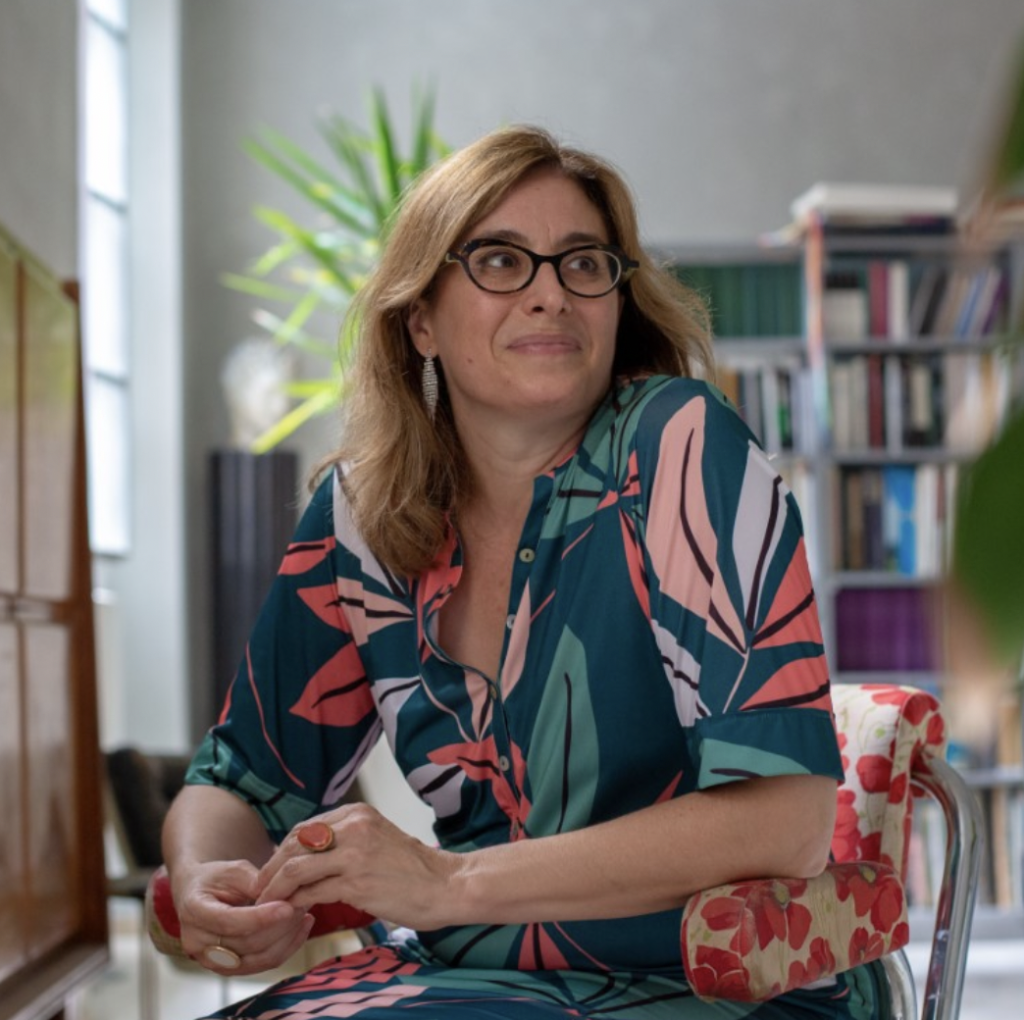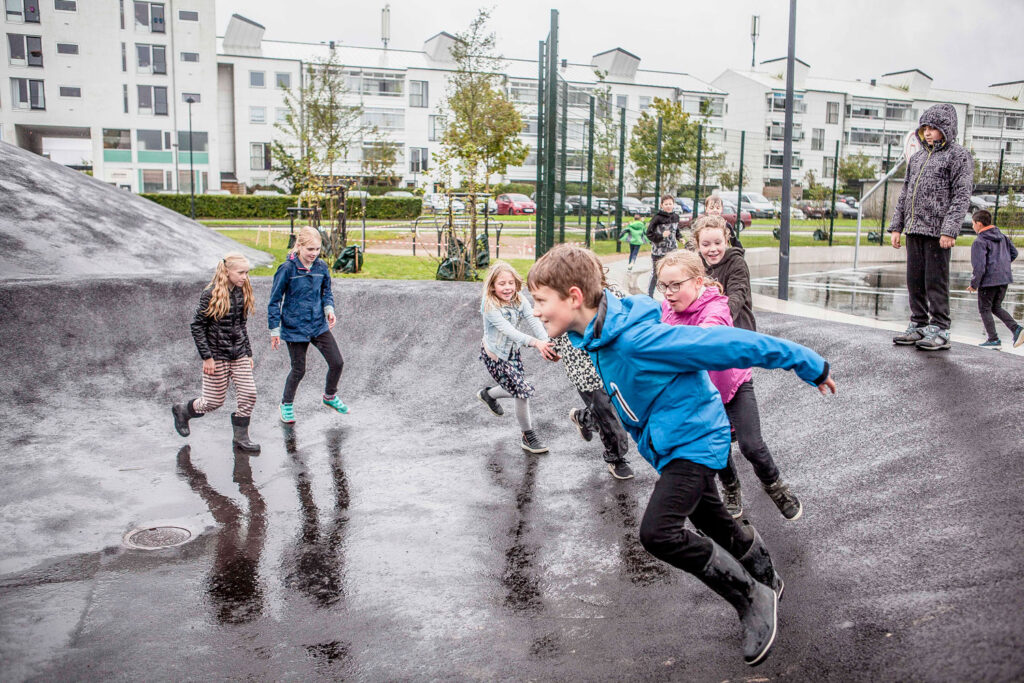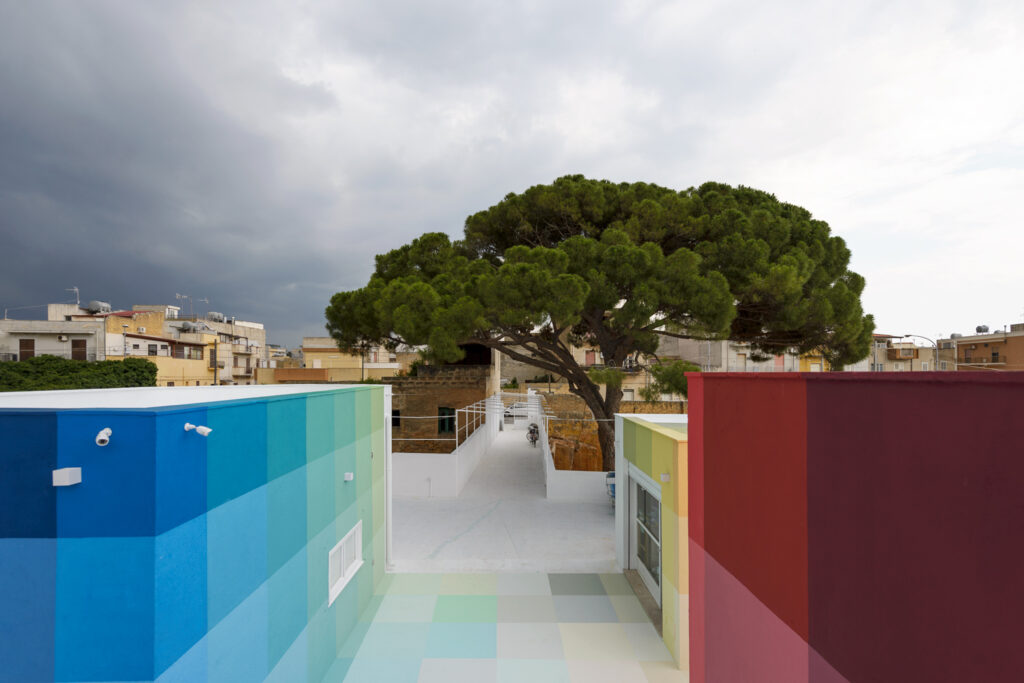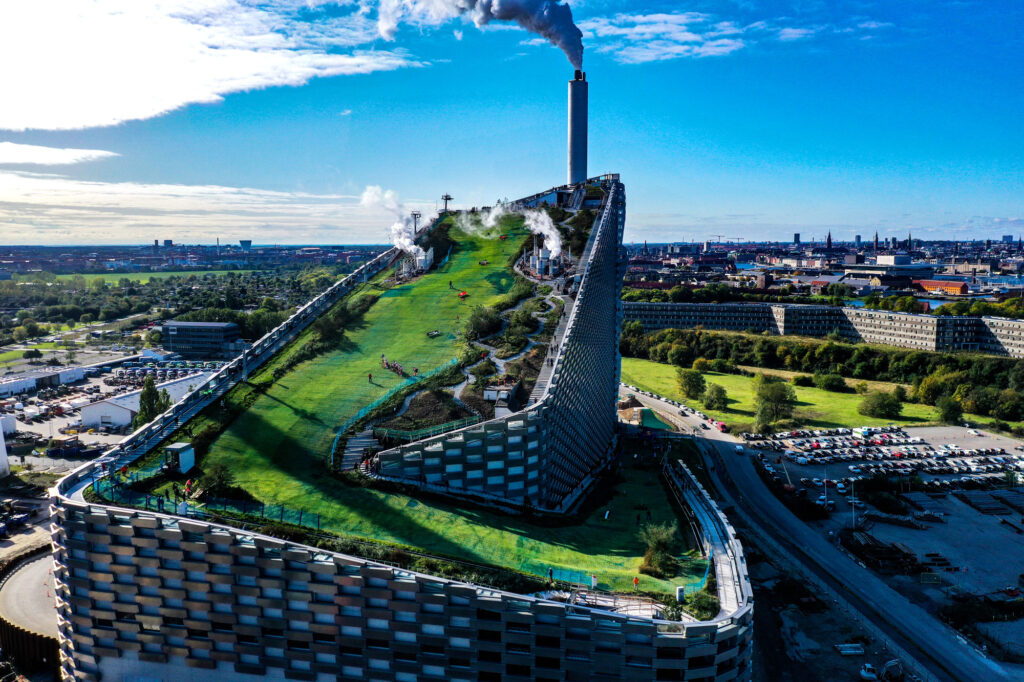
Elena Granata talks about the themes of her research with a focus on how people live in places, the impact of immigration on cities, the dimension of poverty and urban regeneration.
What is your research about?
«I could say that my research has changed with me; it started when I was newly graduated and has grown with me over the years. I have worked on many subjects: from the impact of immigration on cities, the dimension of poverty, urban regeneration as a subject right from the doctoral thesis.
«But if I had to name the subject within the subject, it is the attention to how people live in places. This has been the figure, the intellectual curiosity of all my career: to understand how people live in places, how they develop economies, creativity, the social dimension of human relations and how architecture can help to improve it and to make our world more liveable».
And who are the architects of this change?
«The traditional architect, the person who builds buildings, I would gladly leave in the past. Today, architects are called to work on the dimension of the immaterial, the design of services, the interaction with nature, the economic and systemic dimension of cities.
«So the work for architects today is more exciting than it was in the past, because it is completely revolutionized by the demands that our world places on us. In my latest book, I call this figure with a neologism “placemaker”. Who is the placemaker? He is an architect of change who starts with the communities and places and takes charge of them in an ethically responsible manner and who knows how to start from problems to find solutions. The placemaker regenerates and reinvent, brings nature back to where we lost it».
So, speaking of the transformation of places in the city, how can we intervene and invest in the suburbs?
«The suburbs are created, are recreated, they change names, we call them neighbourhoods or districts, but they are a product of all cities. They are those parts of the city on which social and environmental costs are offloaded, which perhaps pay the cost of being less accessible, with fewer services, less infrastructure, above all of having a high rate of social problems that we fail to solve elsewhere and therefore it is inevitable that every city generates and regenerates in different forms its suburbs.
«They are the place of problems, of degradation, of marginalization, sure, but paradoxically they are also the most creative place because where there are so many problems, there is also the development of intelligence, reactions, insubordination, the ability of people to activate themselves starting with the problems; and therefore the suburbs are always a place of contradiction. It is in the suburbs that thousands of voluntary associations are born and operate, where more social energies are developed: for that reason these are the best places to go to research and understand how the world works or does not work».

And what is their relationship with the city centre?
«The problem is not only to anchor them and make them more accessible in relation to the urban centre, but to ensure that the cities are an ecosystem with many centralities, that there is not a single center where all real estate, social and cultural values are concentrated, but that all districts, even the most outlying areas, can aspire to have their values.
For example, Milan has worked hard, reinforcing the district planning resources and therefore the logic is not just to make the center more accessible, but to push towards a polycentrism, a set of connected centers; an ecosystem of places that work, each with its own difference, capable of integrating with all the others.
«But much still needs to be done. What is lacking in the suburbs is biodiversity, having a mix of different things, offices, houses, markets, schools, museums: instead there are often houses, even public ones, but services, parks, gardens, cycle paths, quality schools are missing. Some urban planners define them as “the “10 reasons to go to a place”».
And is it possible to provide dignity and beauty to the places where the poorest people live?
«Yes, we always have the idea that the places where the poorest live do not deserve beauty, harmony, greenery, stimuli. We have often given a public response, even as planners, thinking only of some basic needs: housing, work, subsidies, income support; neglecting to consider that desire for beauty and the dignity of living in a beautiful place was not one of the fundamental human rights.
«When Amartya Sen talks about Capability , he also talks about this capacity of human beings to be active, reactive, proactive in their own life situation. An attitude that is stimulated by the quality of the living spaces. When we go abroad we see many well-kept suburbs, with beautiful buildings, beautiful architecture with beautiful urban spaces. This is precisely because the culture of the suburbs is different in our country: we have a paternalistic vision that thinks we have to offer services and that those services can be separated from dignity and beauty.
«Instead, the first thing people want is belonging and the possibility of living in a beautiful place. Today, a beautiful place means accessibility and services, greenery, quality of public spaces, decorum and schools that work; even in the suburbs, there is a very strong demand for quality schools».

And so is the concept of architecture changing too?
“Yes, architecture has sanctioned its own insignificance in recent years, its inability to indicate possible futures folded around an idea of world construction that today appears anachronistic. We have already built a lot, in certain contexts too much, saturating spaces, landscapes, removing nature and sacrificing a strong agricultural vocation of our country.
«Today the challenges are clear. The climate crisis calls architects to work on the themes of forestry, water, energy, food autonomy and the protection of soil and ecosystems. The terms we need to master are: regeneration, regreening the city, restoring meaning to places that have lost meaning, restoring value. It is all about rethinking, restoring soul and value, working more on the relational dimensions, on the value of the community, on people’s happiness. This makes the architect’s work vastly more enjoyable, but also more responsible».
Can you give us some examples of urban regeneration abroad?
«The best examples, which have made a lasting impression on me, were the encounters with architects and mayors in Colombia. Colombia, but like all of Latin America, is a country with huge challenges in terms of poverty, conflict and violence. And there, the regeneration started with the mayors-teachers who made the issue of education -access to school, quality education, libraries in the poorest contexts, architecture in the most deprived areas – a strong element of social redemption.
«Latin America made me understand the civil value of architecture; the capacity of architecture to trigger change. This ‘Colombian’ architecture means building the most beautiful libraries in the world in the most outlying district, for example in Medellin, choosing as a location not the City – where traditionally we find quality architecture, the work of the archistars – but instead opting for the poorest districts. Because that choice of where, with whom, for whom makes the difference and therefore triggers the processes of self-regeneration, of human self-promotion, which are those unwanted effects that architecture arouses when it chooses to take sides.
«Or the decision by Bogotà to invest in cycle paths, which is not based on environmental reasons, but arises from reasons of social equality: everyone can have a bicycle, while only the rich have a car.
«This vision of change that brings together politics, the environment, the social dimension and the cultural dimension today indicates the most innovative projects in the world – which are precisely those that have this ability to integrate all three dimensions – because purely social projects are no longer any use unless they also have an environmental impact and vice versa».
And in Europe?
«Certainly in the cities in Northern Europe, I am thinking of the ability, for example, of Bjarke Ingels, a Danish architect to work on issues that are still marginal for us, such as waste. Today we all know his Copenhagen waste-to-energy plant, a work capable of bringing together the question of energy, beauty, entertainment, culture, food, leisure. Ingels tells us that it is possible to make peace with waste, making peace with what we throw away, becoming skilled in energy production a circular economy perspective.

«In Copenhagen, energy self-production benefiting 60,000 inhabitants of the area, is combined with the idea that the place where energy production takes place is also a fun place, so the waste-to-energy plant is also a skiing piste; but it is also a place to eat, with excellent restaurants, and a place where environmental culture is developed, with workshops for schools. I believe in what Bjarke Ingels says: “architecture can no longer be just one thing.” Architecture must be a response to climate change, a response to people’s desire for socialization, the capacity to produce beauty, meaning and even tourist attraction.
«Even the history of the High Line in New York (created by architects Diller Scofidio + Renfro) with the recovery of this industrial section of railway, which becomes a linear park in the midst of skyscrapers, teaches us that the contemporary genius, the contemporary genius architect, is he who knows how to transform an finding, a wreck, an accident, into a subject of design.
«Thus from a disused railway to a linear park; from a waste-to-energy plant that effectively makes a circular economy. And therefore, the genius is not the archistar who brings his vision of the world from outside, but it is the architect who uses the Socratic method to extract from the problems of the communities the solution for that time. Here, I see here the contemporary genius; the ability to look at problems and transform them into solutions.
«It seems simple, said like this, but it is what we do in the classrooms every day with our students; get them used to looking at problems because we have to be very lucid in the analysis, but enormously imaginative in the way we solve them».
